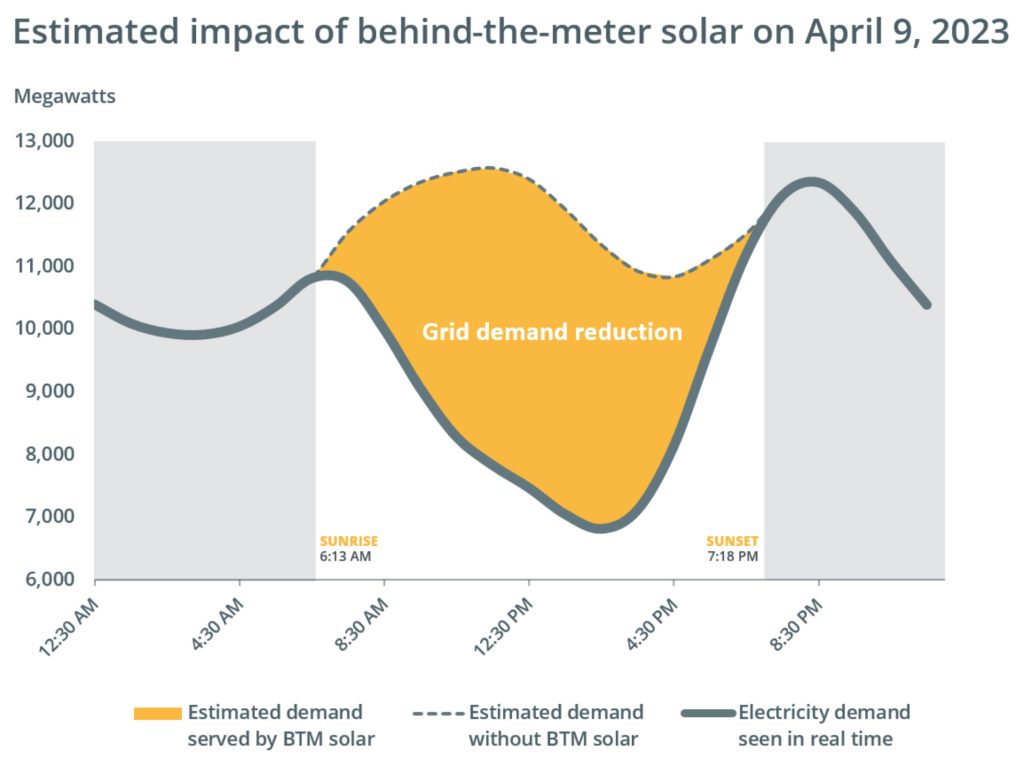You can stand far above the countryside on the rocky outcrops of Mount Sunapee, Mount Kearsarge, or Ragged Mountain. On a sunny day, you may see all the way to a clear horizon.
But with even such a sweeping outlook, the sources of the energy our busy lives demand are often hard to see and easier to overlook. New Hampshire’s likely future lies beyond the reach of anyone’s vision, but might still be within the grasp of our imaginations and the reach of our planning.
Our state produces no fossil fuels. Cutting and burning our lovely forests would be a foolishly impossible plan for meeting our growing energy needs. Even New England’s generous endowment of hydropower, which gave birth to the American Industrial Revolution, is woefully undersized to meet today’s voracious energy appetite.
Other energy alternatives may face passionate outcry from the public or stiff headwinds within political circles. If New Hampshire continues to import the bulk of the energy we use, what are the implications for New Hampshire’s economic and political future?
In the next several issues of The Beacon, you can look for articles exploring these complex and interrelated topics, grappling with their scientific, economic, politica, and environmental aspects. We will attempt to lay out possible scenarios, from the promises and the pitfalls of innovative “electrification of everything,” to dogged adherence to a time-tested status quo. The Beacon will welcome responses and questions that are reasoned and respectful from readers who would like to share their thoughts and experiences on these topics.
Solar power is “just ducky.” A great change is quietly happening. For about half the days in February and March, the wholesale price of electricity has fallen to zero dollars, because so much “free” solar electricity was being introduced to the grid. Why? Because solar panels are being installed across New England.
This seems like great news! Does this mean New Hampshire electricity prices will drop? Nope, that’s unlikely for a variety of technical, political, and regulatory reasons.
It is notable that most of New England’s solar that drives prices down is being installed in neighboring states, not in New Hampshire. In fact, New Hampshire customers may end up footing a bigger and bigger share of the bill to support an obsolescent electric grid as other states build out their “free energy” systems and reduce their dependence on grid power.

The map pictured shows the wholesale price of electricity hit zero in March. In fact there were 14 days in February 2023 and 18 days in March 2023 where the daytime demand for electricity fell below the nighttime’s minimum. Data shows this trend to be growing each year since it was first observed in 2018.

In the past, electricity demand was lowest in the wee hours after midnight and peaked in the afternoons as factories hit their daily stride and families switched on their ovens and air conditioners. The grid operators’ challenge was always that electricity could not be stored, so supply had to closely match the rising and falling daily demand at every moment.
Today, a curved gap (some say it’s shaped a bit like the profile of a rubber ducky) has widened between the demand that remains as high as ever, and the dwindling amount that traditional power plants must generate to match the demand. Customer-generated solar power all over the grid pours its surplus into the grid whenever the sun shines and the customer’s demand “behind the meter” is less than solar production.
This surplus power zooms down the wires along the street, looking for any neighboring customer whose equipment is calling for juice, and it goes there. This solar electricity spins the neighbor’s meter just the same as utility-generated electricity but costs the billing utility nothing to produce.

A growing number of homes and businesses have become customer-generators, and several large privately-owned solar farms have been built in our three-mountain area and the Upper Valley. In subsequent articles I will attempt to explain the complications we are encountering as our century-old system of large central generators, separate transmission and distribution companies, and government-supervised regulatory agencies try to adapt to a new energy reality in which consumers and their communities are playing new roles.